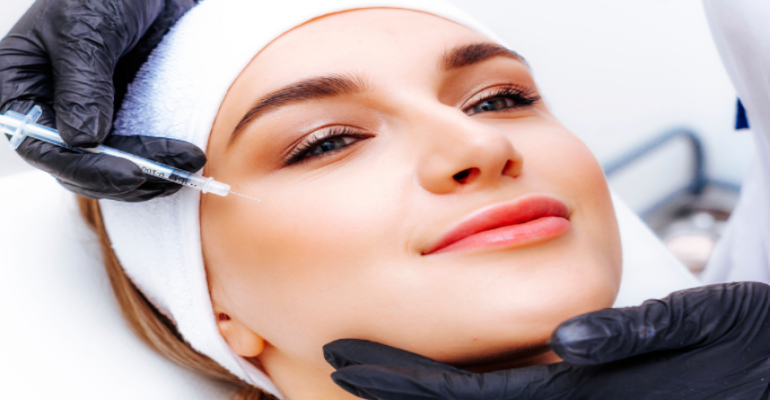
What is ozone therapy, and is it suitable for everyone?
Many innovative approaches have entered the history of medicine for the treatment of diseases that threaten human life or directly affect quality of life. Especially recently, ozone therapy, which has been gaining popularity and after which patients leave with high satisfaction, is considered a solution for many illnesses.
Ozone therapy, which appears in many fields from heart problems to erasing the effects of aging on the skin, from cancer to cellulite, and from fungal infections to HPV, provides satisfactory results by stimulating the immune system.
What is ozone therapy?
Ozone therapy is the healing of a disorder in the body using ozone gas. Ozone gas is a colorless gas made up of three oxygen atoms (O3), and its most important feature is that it stimulates the immune system to treat the related disorders. Normally, the air contains 21% oxygen.
In ozone therapy, due to the application of high pressure, the oxygen level reaches 100%, and because of increased dissolved oxygen in plasma, oxygen reaches neighboring tissues that normally would not be reached. This makes treatment of many diseases possible.
What conditions does ozone therapy help with?
The most important feature of ozone gas is optimizing the oxygen level entering the body. Because it stimulates the immune system, it is very beneficial for many diseases. This treatment method, considered safe by many clinicians and researchers, is used for;
- Non-healing wounds
- Allergies
- HPV
- Recurrent vaginal infections
- Menstrual irregularities
- Infertility
- Autoimmune diseases
- Dermatological diseases
- Cancers, tumors
- Vascular indications
- Diabetes control
- Depression, anxiety
- Rejuvenation
- Inflammatory conditions
- Urological disorders
- Dental infections
- Migraine
- Chronic pain
- Heart diseases
- Rheumatic diseases
- Lyme disease
- Parkinson's disease
- Alzheimer's disease
- Cystitis
- Used for chronic infections affecting body systems.
Who should not receive ozone therapy?
Although ozone therapy is considered a reliable treatment method, it is not recommended for certain groups of people. Accordingly;
- People with severe anemia
- People allergic to ozone gas
- People who have recently had a heart attack
- People who have recently experienced bleeding
- People with chronic pancreatitis
- People receiving ACE inhibitor treatment for high blood pressure
- People with blood clotting disorders or blood-related health problems should not undergo ozone therapy.
How is ozone therapy applied?
The method and session of ozone therapy are arranged by considering various factors such as the course of the disease, the patient's age, and condition. Ozone gas is not administered directly into the bloodstream and has two different approaches for administration: systemic and local.
In systemic ozone therapy, 50 to 200 cc of blood is taken from the patient and integrated with an ozone and oxygen mixture for about 10 minutes. This mixture is then given to the patient intravenously. There are two alternative routes for this method.
These are rectal and vaginal insufflations. For patients where intravenous access is risky, an appropriate dose of the ozone and oxygen mixture is administered via the anus or vagina.
Another method, local ozone therapy, involves injecting a prepared oxygen and ozone gas mixture in appropriate doses into joints, muscles, tendons, skin surfaces, and body cavities. Blood between 2 cc and 5 cc is taken from the patients, integrated with the ozone and oxygen mixture, and injected into the muscle.
This method is preferred in skin diseases with many lesions. As an alternative to sauna, it is also applied for slimming and detox purposes.
We wish you healthy days.

